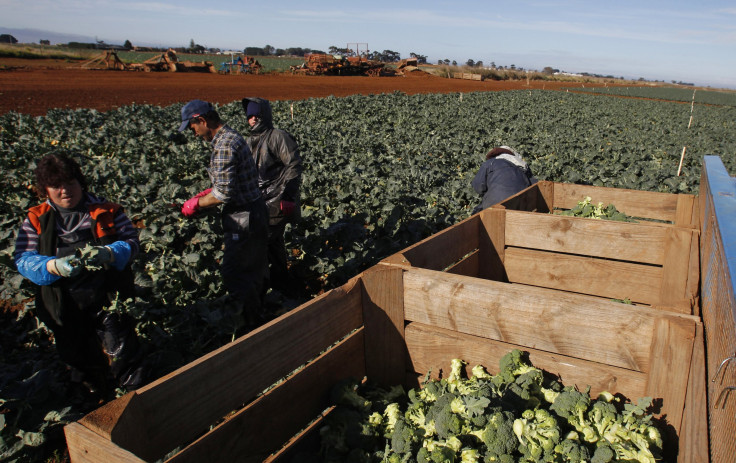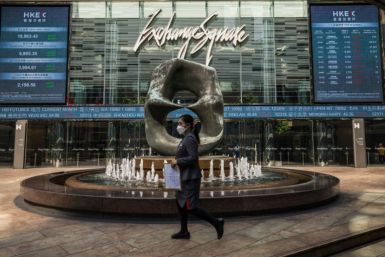China, Australia to initiate agricultural cooperation jointly

Australia’s Agriculture and Water Resources Minister Barnaby Joyce and his Chinese counterpart Han Changfu agreed on working together on wide array of novel agricultural cooperation initiatives, announcing the same in a “Joint Framework” on Thursday.
Joyce said that the new agricultural initiatives have been worked upon so both nations can benefit from the China-Australia Free Trade Agreement (ChAFTA). This will offer standardised level of agricultural cooperation between both the countries. He said that ChAFTA wanted both the countries to get sufficient opportunities via the deal. These opportunities would only be realised when the joint agricultural cooperation brought the government and industry together on the same platform.
The Australian minister said that China and Australia have a good history in so far as independent handling of agriculture industries is concerned. Hence, the governments of both the countries understand the benefit of the nations working together. “Today’s announcement of the China-Australia joint Framework on Enhanced Cooperation will promote enhanced agricultural trade and investment opportunities through new science and economic research initiatives,” Joyce said while speaking from Beijing on Thursday.
Joyce said that ChAFTA eliminates tariff demands on key products supplied from Australia to China. The main motive behind the arrangement was to make sure Australian deals appear attractive to the Chinese. But as far as agricultural products are concerned, Australia can’t simply compete with China as the nation has enough products in store to fulfil its people’s consumption needs.
CBA’s head of industrials, food, beverage and agriculture, Peter McGregor, said that around eight percent of Australia’s export material goes to China, 20 percent of which comprise dairy, beef and wine. The rest constitute wool export, where the tariff elimination is not applicable. "If you do the maths all the way through, those exciting agri commodities I've talked about account for about 2 per cent of Australia's current exports to China,” McGregor said, according to the Sydney Morning Herald.
"It's positive, very positive and certainly deserves the publicity. The opportunity's there but it does need to be seen in context."
Contact the writer at feedback@ibtimes.com.au, or let us know what you think below.






